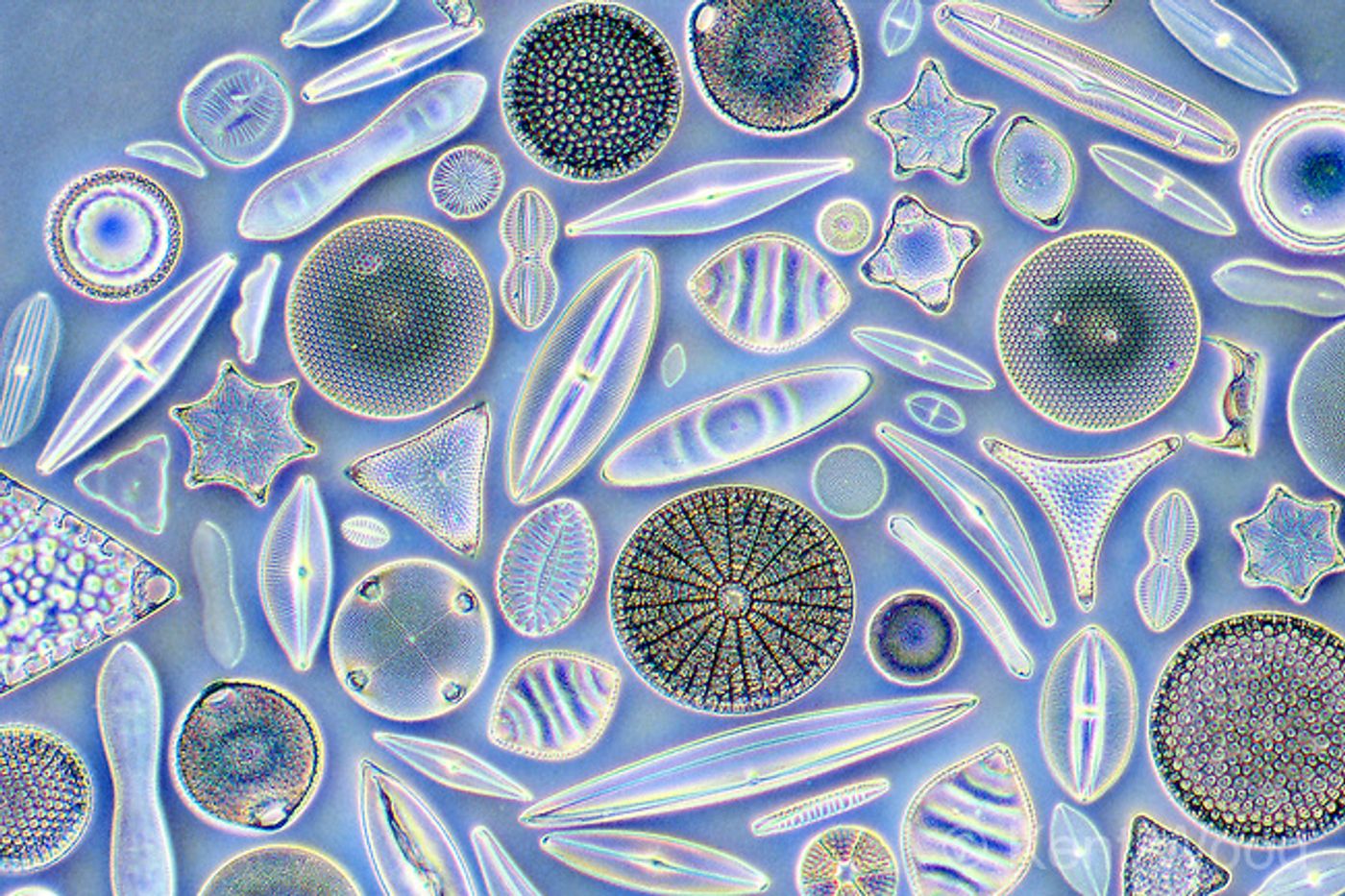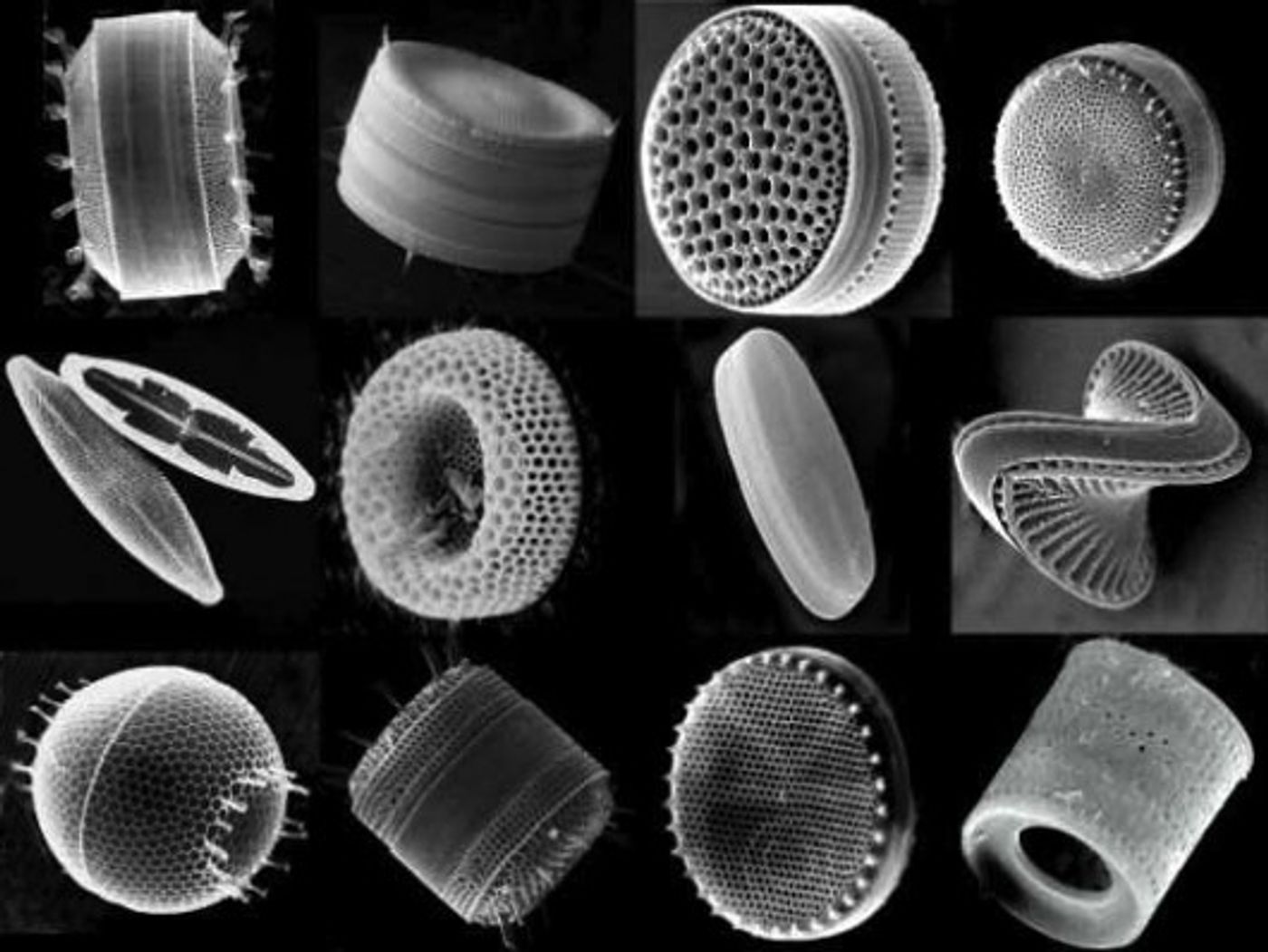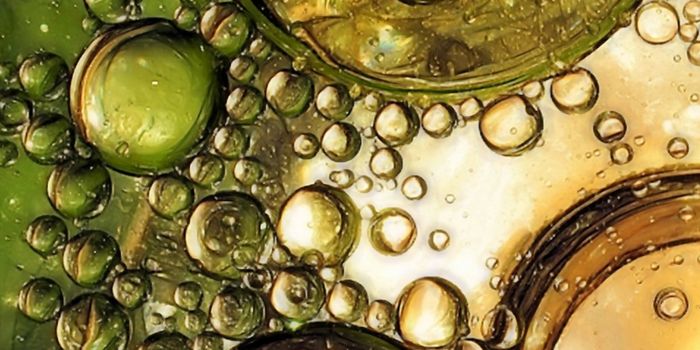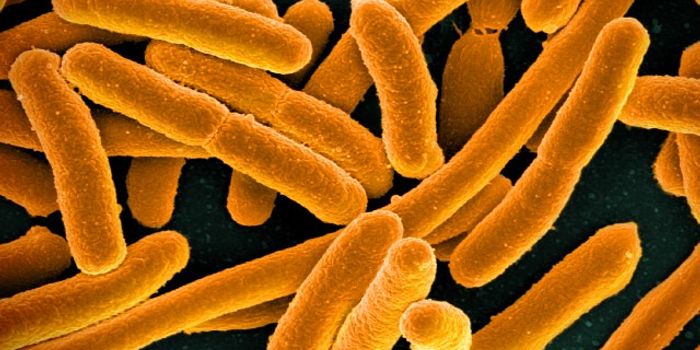Diatoms have always been one of my favorite protists. There’s something so strange, almost alien, about them.
Diatoms are aquatic algae with transparent shells made of silica. Their shell (really a cell wall) is called a frustule and is made up of two distinct halves, or valves. These little guys come in all sorts of odd shapes and sizes. Their shells contain distinct patterns and perforations, allowing substances to pass in and out of the cell.
Many diatoms link up together to form colonies. Fragilaria connects to form filaments, Tabellaria forms zig-zag shapes, and Asterionella forms stars!
Researchers have had a hard time formally classifying diatoms into species, but they estimate there could be up to 2 million different species inhabiting aquatic environments across the planet. Diatoms were first described in 1783 by the Danish naturalist Otto Friedrich Müller, but they’ve been around a lot longer - probably since the early Jurassic (almost 200 million years ago).
Diatoms are classified as algae because they use photosynthesis to generate energy. They use chlorophylls a and c and accessory pigments fucoxanthin and beta-carotene for photosynthesis. These accessory pigments give diatoms their distinct golden color. The cells store energy as carbohydrates and lipids - they produce so many lipids that many researchers think they could be used to make biofuels!
Like plants and other photosynthetic organisms, diatoms generate oxygen (for us to breath!). In fact, they probably produce up to 40% of the oxygen on the planet, and they are a major component of plankton in the ocean.
So, how do diatoms grow and divide if they’re covered with a hard, glassy shell? Very carefully. Diatoms use vegetative division to divide. Since they have hard shells, the daughter cell forms inside the parent cell - the daughter cell keeps one valve from the parent and forms one of its own. Think about it long enough and you’ll realize that diatoms can’t divide this way forever - they get smaller and smaller with each round of division!
To overcome this, they reproduce sexually or asexually to form an auxospore. This cell form is covered in rings of silica (called perizonia) instead of a solid layer. This way, the cells can increase in size.
By now you’re probably so smitten with diatoms that you want to meet one, right? These are highly ubiquitous protists, making their homes in oceans, lakes, ponds, streams, and damp soil - you don’t have to look very hard to find a diatom. That slimy brown scum you find on submerged sticks and rocks? Diatoms. You can even coax them out of wet soils - fill a jar with mud, some water, and wrap it up so only the surface of the water is exposed to sunlight. A layer of scum will rise to the surface. Diatoms!
Last, but not least, ever heard of diatomaceous earth? Spoiler, it’s made of diatoms. Well, the shells of long-dead diatoms, and it’s used in all sorts of applications in everyday life. It’s a mechanical insecticide, sticking to insects and drying them out. It’s an abrasive in toothpastes and metal polishes. It’s a component of cat litter. Also, it’s a stabilizing component for dynamite. To say that diatoms rule the world is only a minor exaggeration!
Sources: University of Colorado,
University College London,
Annual Review of Genetics, Wikipedia










